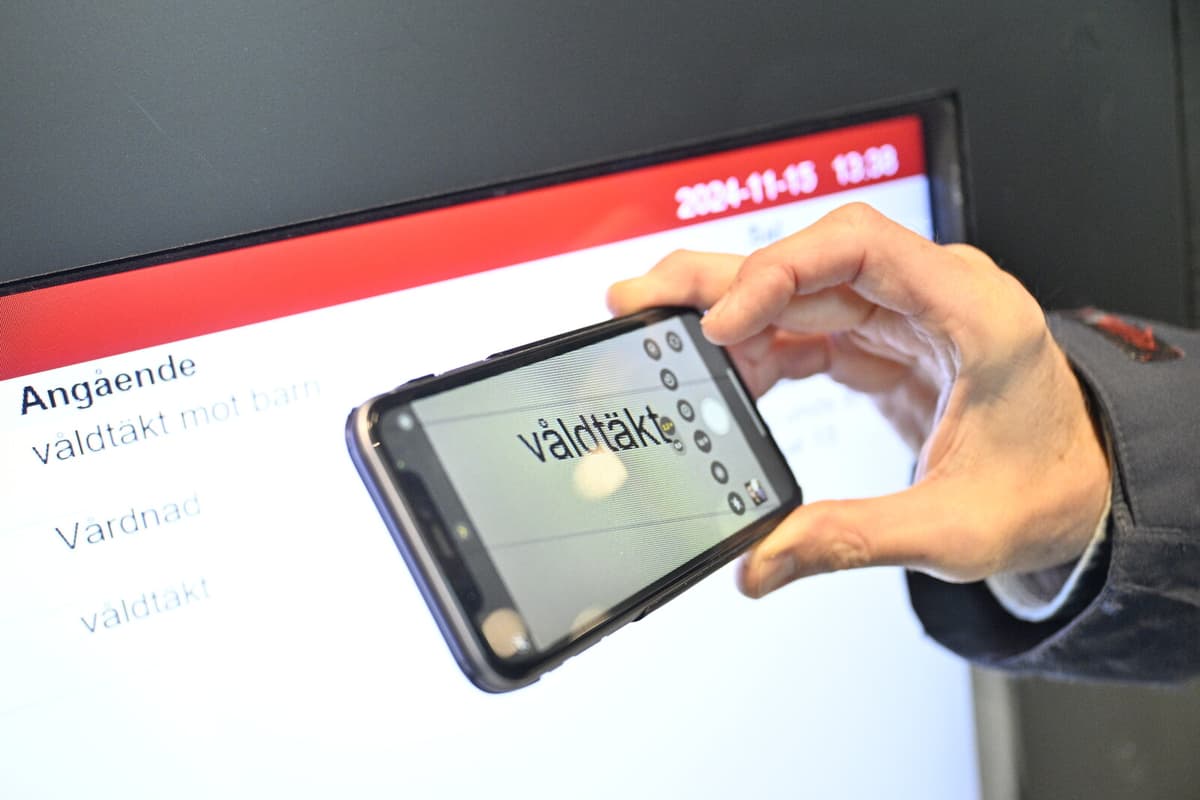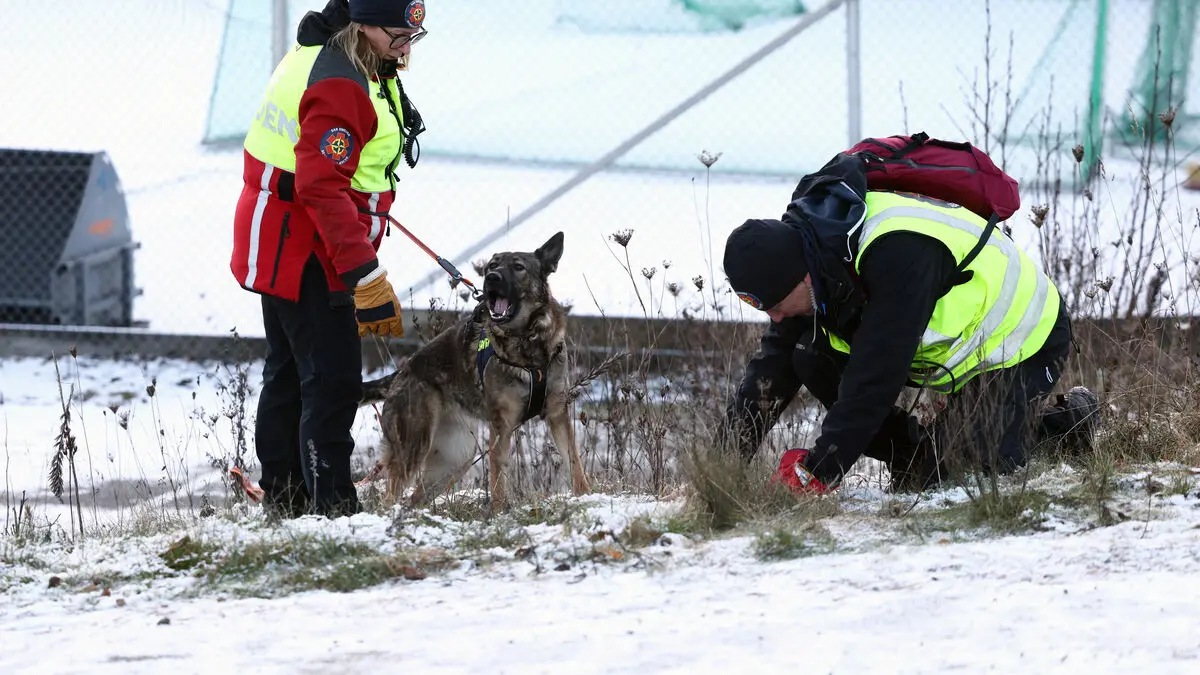The so-called "Ghost Man", who was convicted of several rapes since 1988, was prosecuted on Thursday suspected of a rape in Gothenburg.
At the same time, the "Nytorgs Man", who was convicted in 2021 of a large number of rapes and sexual assaults in Stockholm, is detained suspected of having raped a young woman in Hörby.
Every sexual re-offense is incredibly serious and is something we must try to prevent in society, says Johanna Lätth, psychologist and the Prison and Probation Service's expert on sexual offenses.
But these cases are unusual, even if they, of course, evoke many reactions and fear.
Followed for three years
In the Prison and Probation Service's follow-ups, the convicted are followed for three years after serving their sentence or after starting in probation. During that time, only two percent are convicted of new sexual offenses and about ten percent for crimes in general.
If we compare with the Prison and Probation Service's clients in general, it's around 30 percent who are convicted of some crime during that time frame, says Johanna Lätth.
Then there is a dark figure. But it applies to all types of crime, that it is the visible crime we are talking about.
The treatment programs for sexual offenders are designed based on available research.
The Prison and Probation Service has had a relatively long treatment program for sexual offenders, focused on so-called high-risk individuals and those with more complex treatment needs.
New treatment program
Last week, a new, shorter treatment program for sexual offenders who are not considered to have as high a risk of re-offending was reviewed and approved.
It has been reviewed by an external scientific panel, which has now approved it. So during this year, it will be implemented in the Prison and Probation Service throughout Sweden, says Johanna Lätth.
The shorter program has been tested in a pilot study with good results.
With two programs, which are designed to match different groups of convicted, we see that we reach more clients and the number of those who complete a program has also increased clearly.
We can reserve the long program for those with the highest risk, while we can offer a shorter version that is hopefully sufficient for a large part of this client group.
Alexandraman: Took contact with young girls via the internet under the alias Alexandra, and claimed to be able to mediate contacts for modeling jobs. Was convicted in 2007 to ten years' imprisonment and deportation for rape, harassment, and gross sexual exploitation of minors. The crimes targeted around 50 girls and young women.
Hagaman: Was convicted in 2006 to 14 years' imprisonment for six rapes and two attempted murders in Umeå between 1996 and 2005.
Nytorgsman: Was convicted of a number of rapes and sexual assaults in his apartment at Nytorget in Stockholm. The Svea Court of Appeal established in 2022 a sentence of five years' imprisonment for, among other things, seven rapes, eight sexual assaults, and six cases of sexual harassment. He was released from prison in March last year but has been detained again since November, suspected of having raped a young woman in Hörby.
Ghost Man: Attacked women in Tensta during the 1980s, in several cases involving completed rapes. Got his name because he covered his head with a cloth with holes cut out for his eyes. Was convicted in 1988 to four years' imprisonment. Has also been convicted of several rapes since then and has now been prosecuted again.
Söderman: Was convicted in the 1970s and 1980s of around 20 cases of sexual assault, since he took himself into women's apartments through windows and raped them, or attempted to rape them.
Örebroman: A 24-year-old in Örebro who was convicted in 2011 of around ten assaults on women, including two aggravated rapes, to 12 years' imprisonment.





